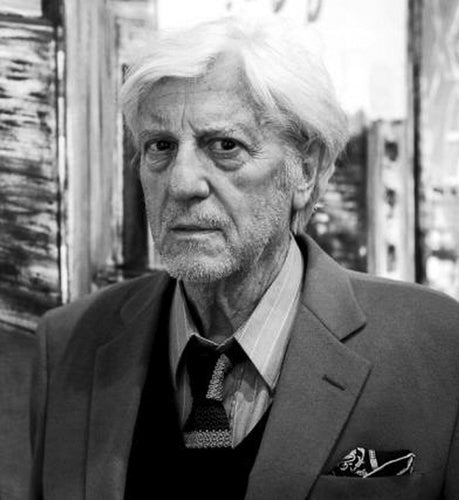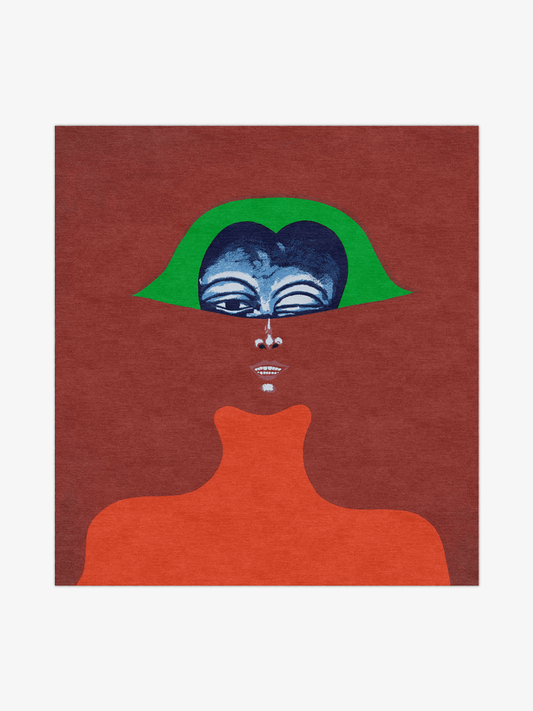maccio-page
-

-
Rómulo Macció (Buenos Aires, 1931 - 2016)
“A painting is the result of the multitudes that shout inside a man. It represents the multiple circumstances that determine any given time in existence, formed by contradictory or dissimilar situations, integrated by parcels of mistakes, by fragments of reality, to which we are united by unexpected affective bonds”.
Interested in drawing from an early age, Macció was hired as a graphic designer at the age of fourteen, and became a self-taught artist. After a brief brush with Surrealism, he stirred into abstraction and joined the Boa Group in 1958. Years later, he formed the emblematic Nueva Figuración movement, along with Luis Felipe Noé, Jorge de la Vega and Ernesto Deira. They defined themselves as a group of artists who felt the need to incorporate the human figure into their expressive freedom. From their first exhibition together in 1961, they set out to deeply transform Argentine art, by taking the leap from modernism to postmodernism, and questioning Art as an institution. For them, this meant to renew the traditional notion of Art as something that was necessarily beautiful, what Macció famously referred to as “pretty, pink, candy-like” painting. Instead, they proposed a new aesthetic that merged abstract and figurative Art -particularly, the human form-, but at the same time enhancing informal pictorial gestures, such as stains, scribblings, dripping, and excessive amounts of pictorial matter.
Macció´s work set itself apart amongst that of his colleagues, by exhibiting a more graphic approach, a possible reminder of his days as a young designer working in advertisement.Around the time the group split in 1965, he produced a series of remarkable expressive force, in which the figures emerge from big planes of saturated color.
-
Macció Rómulo, Red figure
Regular price From $4,000.00 USDRegular priceUnit price per


